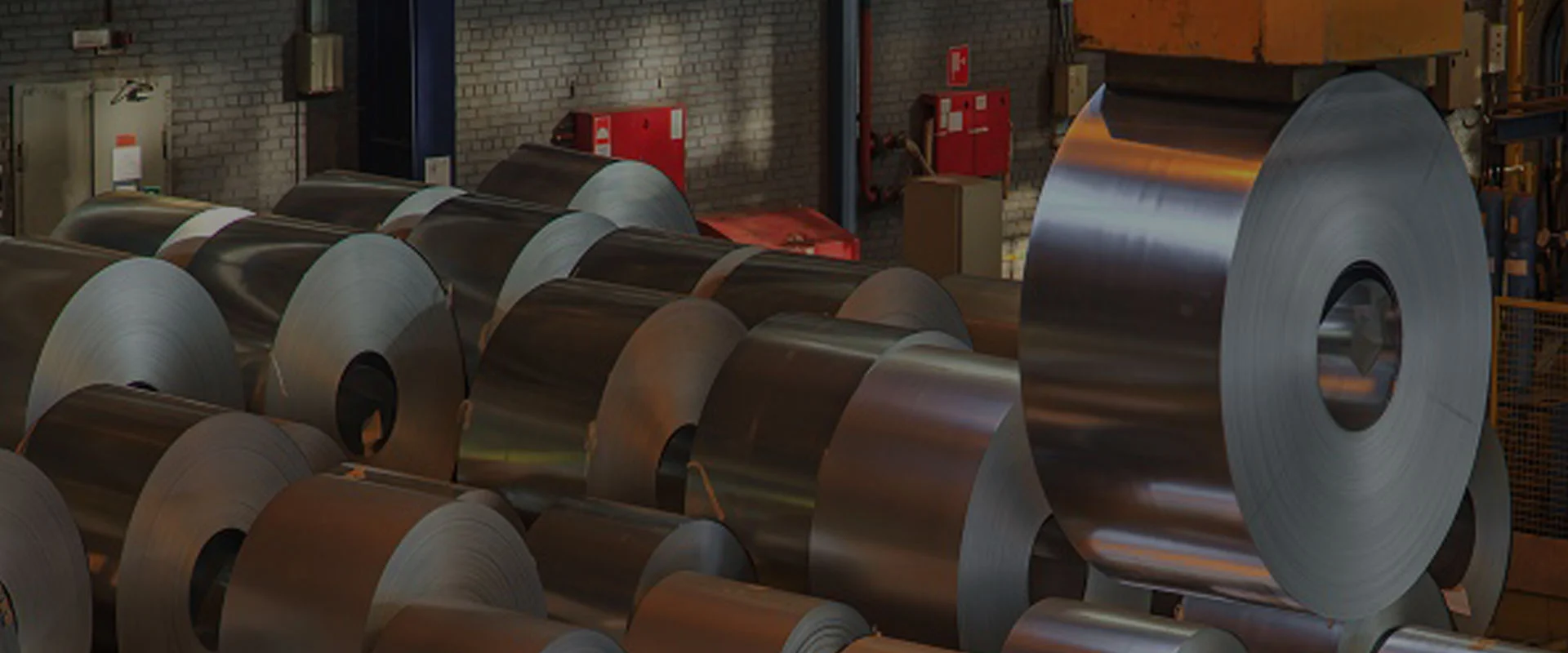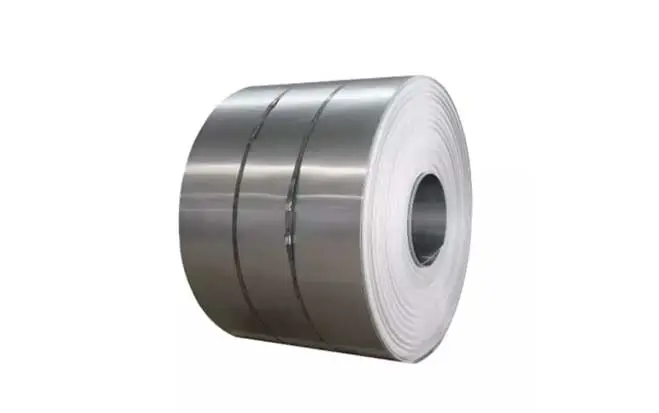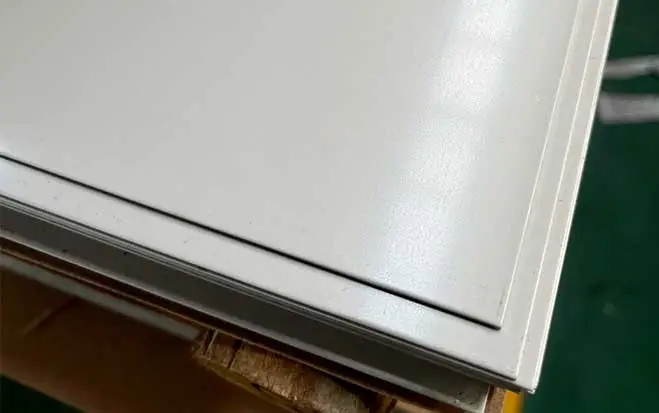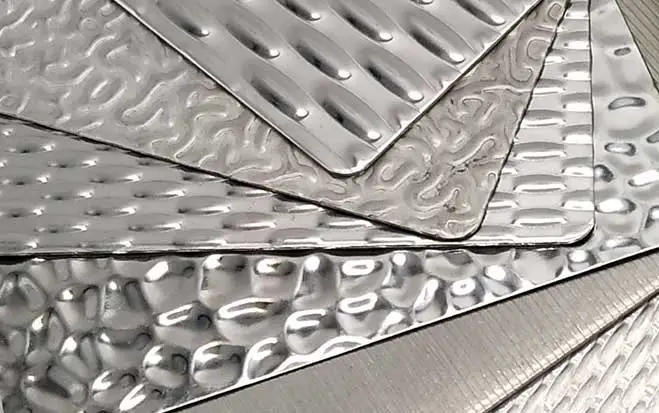
Stainless steel surface finishes determine the final appearance and characteristics of the material. Some common stainless steel surface finish types include brushed, mirror, satin, and patterned finishes. These SS surface finishes not only improve the aesthetic appeal but also provide additional protection against corrosion and scratches.
Stainless steel surface finishes determine the final appearance and characteristics of the material. Some common stainless steel surface finish types include brushed, mirror, satin, and patterned finishes. These SS surface finishes not only improve the aesthetic appeal but also provide additional protection against corrosion and scratches.
Stainless steel can be finished in a variety of ways to achieve different steel surface finishes or textures. The most common types of stainless steel surface finishes include:
1. Smooth or Dull Finish: This is the most basic and simple stainless steel surface treatment created by grinding and polishing the surface until it becomes smooth and shiny or dull.
2. Brushed Finish: This kind of stainless surface finish is achieved by brushing the stainless steel surface with a wire or nylon brush to create a consistent grain pattern.
3. Mirror Finish: A highly reflective finish, it gives the appearance of a mirror. As a popular steel surface finish technology, mirror finish is created by polishing the surface until it is flat and smooth, with no visible grain. The mirrored steel manufactured by this technology is widely used in commercial or public places.
4. Bead Blast Finish: A matte SS surface finish that is created by blasting the surface with fine glass beads. This creates a uniform, textured surface.
5. Patterned Finish: Made in various patterns such as diamond, hexagonal, embossed, and others, this type of steel surface finish creates a distinct pattern on the surface of the stainless steel.
The choices of stainless steel sheet metal finishes depends on several factors such as the intended application, the level of corrosion resistance required, the desired aesthetic appearance and the fabrication technique being used. With various stainless steel surface finish types available, one can achieve both a desired look and function.
When selecting a stainless steel surface finish, there are several factors that should be considered. These include:
1. Application: The intended application of the stainless steel surface should be considered when selecting a finish. For example, a smooth or mirror finish may be more appropriate for decorative applications, while a brushed finish may be better suited for industrial or architectural applications.
2. Maintenance: The maintenance requirements of the surface finish should be considered. Some stainless steel surface finishes may require more maintenance than others to maintain their appearance and prevent corrosion.
3. Corrosion resistance: Stainless steel surfaces are known for their resistance to corrosion, but certain finishes may offer greater resistance than others. The level of corrosion resistance required for the application should be considered when selecting a SS surface finish.
4. Aesthetic appearance: The aesthetic appearance of the finish is an important consideration, as it has a significant impact on the overall appearance of the finished product. Different stainless steel sheet metal finishes can provide different levels of shine, texture, and color.
5. Cost: The cost of the finish should be considered, as some stainless steel surface finishes may be more expensive than others. The cost of the stainless surface finish should be weighed against its performance and aesthetic qualities to determine the best value for the application.
1. Regular cleaning: Stainless steel surfaces should be cleaned regularly using a mild soap and water solution or a specialized stainless steel cleaner. This helps to remove any dirt, grime, or fingerprints that may accumulate on the surface.
2. Proper use of cleaning tools: When cleaning a stainless steel surface, it is important to use non-abrasive cleaning tools such as soft cloths, sponges, or scrubbers. This will prevent scratches or damage to the surface finish.
3. Avoid harsh chemicals: Avoid using harsh chemicals or corrosive substances such as bleach, ammonia, or chlorine on stainless steel surfaces. These substances can damage the SS surface finish and cause discoloration or corrosion.
4. Proper storage: Stainless steel surfaces should be stored in a cool, dry place to prevent moisture or humidity that can cause rust or other types of corrosion.
5. Polish the surface: To maintain the shine of a stainless steel surface, it may be necessary to polish it on a regular basis. This can be done using a specialized stainless steel polish that is designed to remove tarnish and restore the shine of the surface finish.
6. Professional maintenance: In some cases, it may be necessary to seek professional maintenance for stainless steel sheet metal finishes. This may include specialized cleaning or polishing services to restore the steel surface finish or repair any damage that may have occurred.



